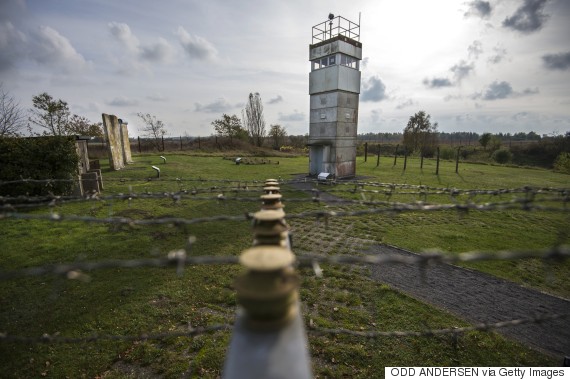Note from Storm: Those of you who are familiar with the Base Realignment And Closure (BRAC) program in the U.S. probably know that military base redevelopment can be a powerful method of revitalizing cities and regions. But most folks aren’t aware is the frequency with which they have been turned into nature refuges.
Most larger bases have significant tracts of land that is seldom encroached upon. Often set aside for war games and other forms of practice, many have sat untouched for decades, protected from both the general public and private real estate developers. More than a few endangered species–sometimes already declared locally-extinct–have been rediscovered when bases have been turned over to local governments for repurposing and reuse.
This article documents the same process at work in Germany. This program is another great example of the “Repurpose. Renew. Reconnect.” principle I’ve been promoting in my talks and writing lately: The bases are being repurposed as nature sanctuaries, which will renew their ecological value, which will be further enhanced by reconnecting many of these bases to the 16-nation European Green Belt.]
From the article: The German Federal Agency for Nature Conservation announced on June 18, 2015 that it will turn 62 military bases into tranquil nature reserves.
“We are seizing a historic opportunity with this conversion — many areas that were once no-go zones are no longer needed for military purposes,” Environment Minister Barbara Hendricks said, according to Agence France-Presse.
German military reforms have allowed the country to set aside 76,600 acres of forests, marshes, meadows and moors for wildlife. “We are fortunate that we can now give these places back to nature,” Hendricks said.
Ruth Schedlbauer, a spokeswoman for Germany’s Federal Agency for Nature Conservation, told The Huffington Post that species like the middle spotted woodpecker, above, and lesser spotted eagle, below, will live in the sanctuaries.
The reserves will not only protect birds: threatened bats and beetles will also thrive there, Schedlbauer said.

